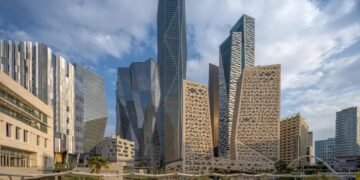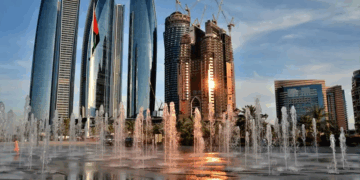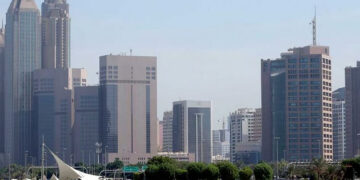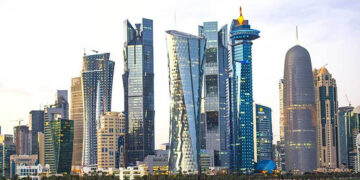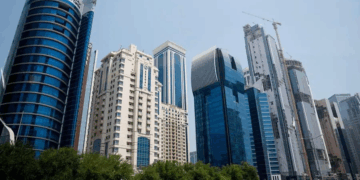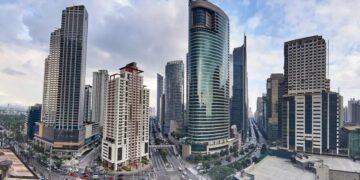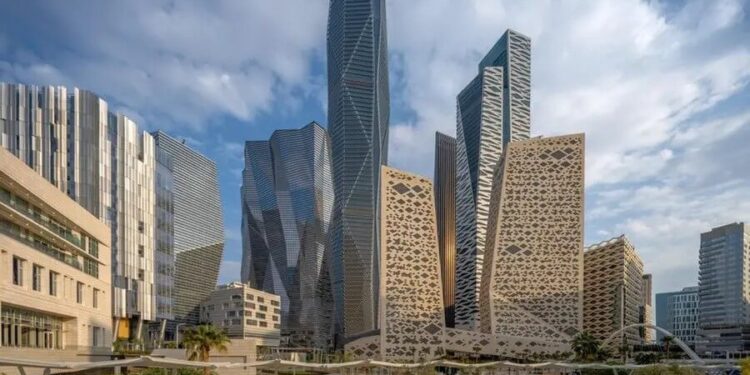The most recent report from CBRE Middle East claims that the Saudi Arabian real estate market is booming. The market’s full potential is being impeded by a lack of high-quality stock, despite the robust demand across multiple sectors.
The office market in Riyadh is especially strong, with rental rates rising dramatically in all market segments. While Grade B occupancy is still high at 99.4%, prime and Grade A office spaces are now completely occupied. Dammam and Khobar in the Eastern Province, as well as Jeddah, saw increases in rental income and occupancy rates.
Saudi Arabia’s residential market is booming, as evidenced by the sharp rise in sales in Riyadh, Jeddah, and Dammam. With a 51.6% year-over-year increase in sales, Riyadh experienced the biggest increase. While villa prices increased in Riyadh and Jeddah but decreased in Dammam and Khobar, apartment prices decreased in Jeddah and Dammam.
The hospitality sector in Saudi Arabia is recuperating rapidly from the pandemic, as evidenced by key performance indicators (KPIs) that have surpassed pre-pandemic levels. Cities’ performances differed, despite a nationwide increase in revenue per available room (RevPAR) and overall occupancy. Due to declining average daily rates (ADRs), Jeddah and Khobar saw a decline in RevPAR, while Makkah and Riyadh saw significant increases in RevPAR.
The total area within MODON set aside for logistical services has increased to 4.8 million square meters, indicating the growth of the industrial and logistics sector. Cities’ rental performances differed; Riyadh saw growth, while Khobar and Dammam saw decreases.
Taimur Khan, Head of Research MENA at CBRE, said: “While we are seeing strong levels of activity within Saudi Arabia’s real estate market, which in turn is bolstering rental and price performance in the vast majority of market segments, the lack of available quality stock is somewhat hampering the potential of the market. We expect this to continue to be the case in the short run although in the medium term, we expect that some of these supply constraints will begin to be alleviated, but only in parts.”
